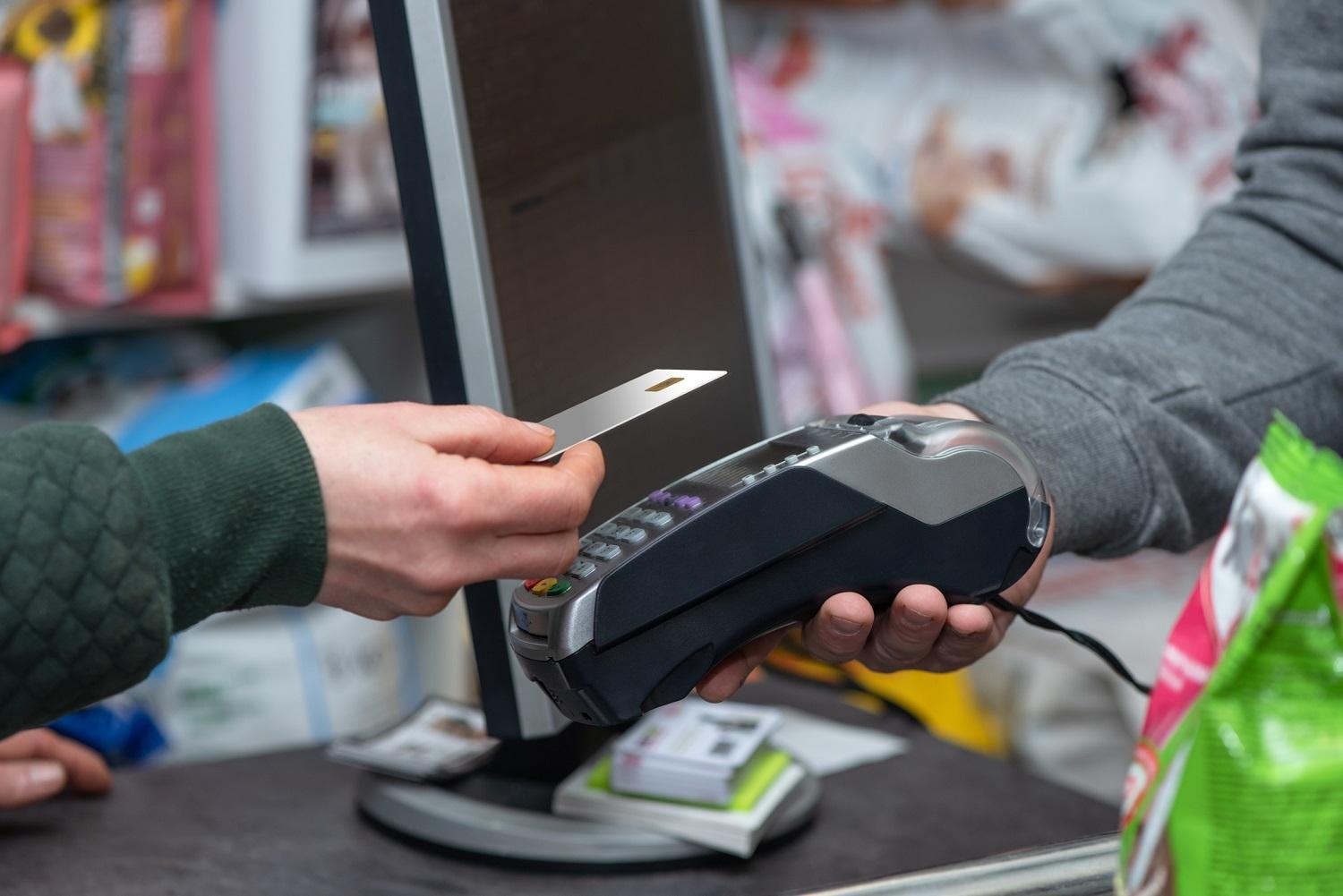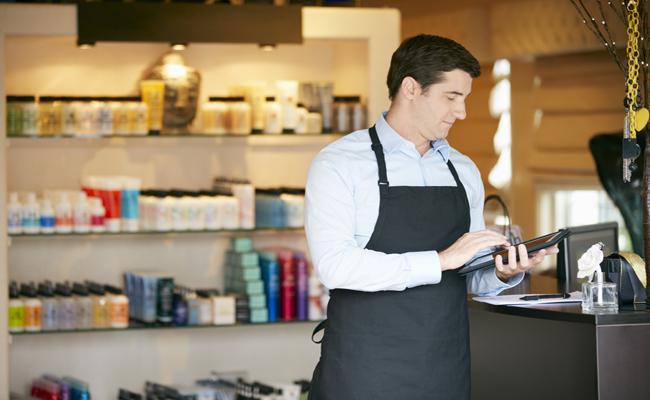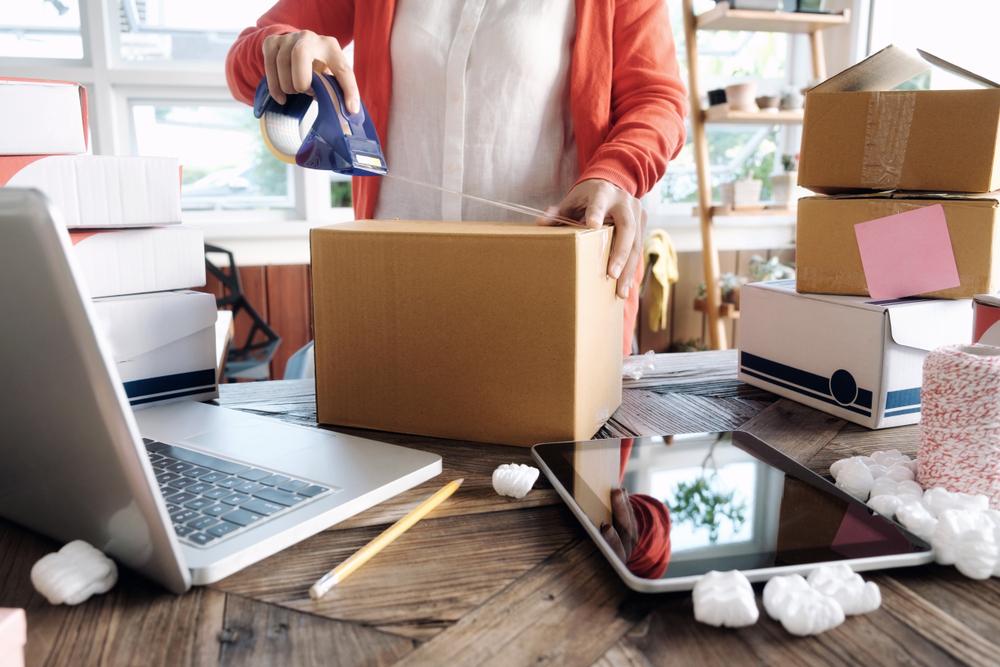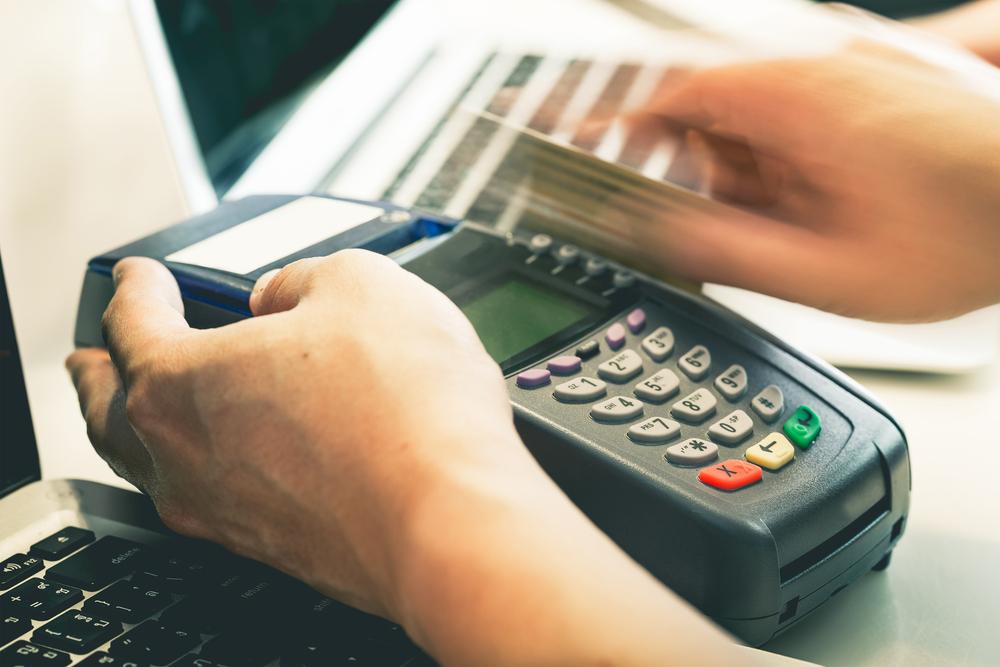Business News Daily provides resources, advice and product reviews to drive business growth. Our mission is to equip business owners with the knowledge and confidence to make informed decisions. As part of that, we recommend products and services for their success.
We collaborate with business-to-business vendors, connecting them with potential buyers. In some cases, we earn commissions when sales are made through our referrals. These financial relationships support our content but do not dictate our recommendations. Our editorial team independently evaluates products based on thousands of hours of research. We are committed to providing trustworthy advice for businesses. Learn more about our full process and see who our partners are here.
5 Ways POS Systems Are Changing (and Why It Matters)
POS systems go beyond physical sales points to on-the-go setups that business owners can use for analysis. Varying prices and features serve different types of companies.

Table of Contents
Point-of-sale (POS) systems have evolved over time from being simple barcode scanners and cash registers to holistic inventory management systems and sales data reporting tools. Today, POS systems provide businesses with greater flexibility, control and intelligence than ever before. They support cashless transactions and provide both stationary and mobile credit card reading hardware. Many platforms offer free or low-cost plans that avail these sophisticated tools to even the smallest of businesses.
So, whether you’re an entrepreneur looking to upgrade your existing POS system or you’re launching a new business and want to better understand what’s out there, there’s a lot to learn. That’s why we’ve put together this guide on modern POS systems so you can know what to expect and choose the system that meets your business’s needs.
Editor’s note: Looking for the best POS system for your business? Fill out the below questionnaire to have our vendor partners contact you about your needs.
What is a POS?
In business today, it’s important to understand how POS systems work. The point of sale is the location and instance of a transaction. This doesn’t mean just cash registers; it can also include online carts and checkouts. Payments made using a smartphone or tablet equipped with a card reader also qualify, as do transactions made on these devices via QR codes from payment services such as PayPal. The point of sale is also typically where sales tax is calculated and charged. [Check out our tips for sales tax compliance in e-commerce.]
How POS systems are changing the way businesses operate
To get the most out of any system, it’s important to understand how POS systems work. POS systems have moved beyond the processing of sales and are becoming an integrated part of the entire business operations ecosystem.
Restaurant cloud-based POS systems allow users to split checks, quickly search menu items, track server performance, process online and table-side orders, report trends of voiding or comping items for guests, track which menu items are selling well, and even train new employees.
Retail mobile POS systems, like Square, allow businesses to transform iPads and smartphones into POS systems by using handy Square readers and stands. The company’s first fully integrated system, Square Register, lets you “track sales in real time, manage inventory, build a customer directory and have customers pay intuitively.”
Here are five ways POS systems are changing and how your business can jump on the cutting edge of POS technologies.
1. Shared commerce
A business can grow exponentially by taking its operations online. Previously, businesses had to run data from their e-commerce platforms and their physical POS systems. To run a report, you would have to import both results into a spreadsheet, accounting system or other reporting software. However, because of shared commerce POS systems, businesses can save plenty of time by automating the process.
One e-commerce solution is Shopify’s POS system, which syncs with the Shopify app for iOS and Android to track both online and offline transactions. Instead of managing two sets of inventories and payment systems, the Shopify POS synchronizes financial and product information in a centralized dashboard. This way, you have quick and easy access to real-time data and customer insights across two sales channels, without the hassle of running POS reports on multiple systems.
2. Mobile POS
Businesses should consider accepting mobile payments, as customers are shifting away from cash. Customers are using credit cards and accepting mobile wallets more often than cash as payment. With mobile POS systems, businesses can accept credit card payments from anywhere with an internet connection, and customers have more autonomy over how they pay. These systems are also effective for side hustles, sole proprietorships and very small businesses that often attend trade shows or local events.
Depending on the system, businesses may not need heavy equipment overhauls or complicated staff training to start accepting mobile payments. Mobile credit card processing services (e.g., Square, PayPal Here) use a credit card reader attached to a smartphone or tablet with the necessary mobile app, while mobile wallet providers (e.g., Google Wallet, Visa Checkout, Apple Pay) and loyalty mobile apps (e.g., Starbucks, Daily Deals) allow customers to pay directly from their smartphones or by using a POS scanner to read barcodes or QR codes on their screens. Our list of the best credit card processors will give you a bigger picture of what’s out there.
3. POS + CRM
New POS systems integrate real-time transactions with the best CRM solutions to help businesses drive sales and boost revenue. This combined functionality is critical for new businesses that need to generate leads and drive sales to get off the ground, as well as small businesses that need to bolster their cash flow.
Whereas previous POS systems could provide only basic data regarding customer behavior (if they provided anything), POS-CRM integration makes it possible to see which customers are driving your sales and whose loyalty is worth pursuing.
Online customer relationship management (CRM) and invoicing software Sellsy is one such solution. With its POS integration, businesses can create client records, CRM tasks and email marketing lists straight from their POS tills.
Another example is Revel Systems, one of the best solutions for using tablets and iPads as POS systems. Its features enable businesses to collect all types of customer data, such as names, billing and shipping addresses, email addresses, loyalty program membership details, and order histories. The software then helps businesses organize, synchronize and distribute this information to different departments — sales, marketing, customer service and technical support — to improve the customer experience. [Learn more about how CRM-enabled POS systems can help your business.]
4. Big data for small businesses
Big data solutions aren’t just for big companies with extensive intelligence budgets. . Even the smallest, non-technical businesses now have affordable access to powerful data right at their fingertips, thanks to their POS systems.
For instance, ShopKeep, a POS software tool for small businesses, offers robust data-gathering and reporting features that give you insight into how your business is doing. Detailed reports include inventory and volume analysis, top-selling items, revenue and profit margin optimization, and staffing needs.
POS data intelligence technology goes beyond retail. Toast, a POS system for restaurants, simplifies restaurant operations by combining front-of-house, back-of-house, POS and guest-facing technology in a single platform. Its reporting capabilities also let restaurant owners keep track of factors such as restaurant sales and food and labor costs. Learn more about the platform in our Toast POS review.
Square offers a POS system for salons with a built-in appointment scheduler. Clients can pay while they’re sitting in the chair, and salon owners can manage accounts for each staff member.
5. IoT and POS security
The internet of things (IoT) — the interconnectivity and communication of devices, networks and physical objects over the internet — makes it possible to connect POS systems to front- and back-end processes such as CRM, accounting and inventory management. As such, POS systems are vulnerable to hacks and data breaches.
Cybercriminals sometimes target POS systems to collect consumer and credit card data by distributing malware through internet-connected devices. Therefore, businesses must stay up to date on their security systems and understand how to combat potential threats or attacks.
The Department of Homeland Security’s United States Computer Emergency Readiness Team (US-CERT) recommends protecting POS systems by using strong passwords, ensuring you have the latest POS software updates, installing a firewall, using antivirus programs, restricting unauthorized internet access (such as for purposes other than POS transactions) and disabling remote access to POS systems. Furthermore, your POS system provider should have the proper security and compliance in place as part of your service-level agreement.
The best mobile POS systems
We’ve reviewed some of the best POS systems on the market to find the most modern, technologically advanced solutions that can integrate with your mobile device. Here are some of the top options to consider:
- Square: For small businesses that are looking to get started and grow, Square is a great POS option, thanks to its flat-rate pricing and add-ons that allow for scalability. You’ll also avoid an approval process; the setup is instant, and no long-term commitment is required. Check out our Square POS review for more information.
- Lightspeed: If you run a retail business, Lightspeed is the POS solution for you. It lets you track inventory through multiple stores, and you get 24/7 customer support. With the monthly or annual payment options, you’ll find pricing that makes sense for you. Read our Lightspeed review to learn more.
- Shopify: If you’re looking for a POS system that will make it easy to launch and manage your online retail efforts, Shopify is a great option. You don’t need coding skills to get started, and the dashboard is easy to navigate. You can choose from two pricing plans, which will allow you to scale your retail efforts. Read our Shopify review to find out more about the platform.
- Clover: Affordability makes Clover an excellent POS choice for fledgling businesses. You’ll enjoy economically priced software and hardware, and you can build customer loyalty with custom rewards programs and gift certificates. Read our Clover POS review to learn more.
The benefits of a POS for businesses
The rapid growth of digital technology in the 21st century has expanded point-of-sale technology from just a sales portal into a comprehensive payment processing system that often integrates with other business tools. These POS systems have the following benefits for businesses:
- Automated sales processes: The most obvious benefit of POS systems is that they make transactions faster and easier for both you and your customers. For businesses with limited staff, this helps expedite workflows so you can get more done with fewer resources.
- Sales and inventory tracking: POS systems track all of your transactions and thus give you insight into your daily revenue. Some systems include inventory-tracking capabilities that automatically update your stock counts every time a barcode is scanned into your POS system.
- Card-reading capabilities: If you run a storefront and don’t have space for a large cashier, mobile POS systems can help. Many POS systems convert your smartphone or tablet into a POS system for accepting credit card payments. Just connect your card reader to your device, keep your POS app open and, when prompted, ask your customer to swipe, dip or tap their credit card to complete the transaction.
- Integrations with other platforms: If your POS system can integrate with your company’s other software platforms, such as top accounting software, you can get a better understanding of your finances and boost your company’s cash flow. As such, you’ll have an accurate picture of how much cash your company has on hand due to sales.
The right POS system can transform your business
POS systems now go far beyond payment collection at brick-and-mortar retail sites. There are innovative solutions that can work anywhere and provide a multitude of convenient features, such as allowing customers to split restaurant checks, turning smartphones into self-contained payment collection points and tracking inventory across retail locations. When you take advantage of the right POS system, you’ll transform your business offerings and operations.
Max Freedman and Elizabeth Crumbly contributed to this article.













